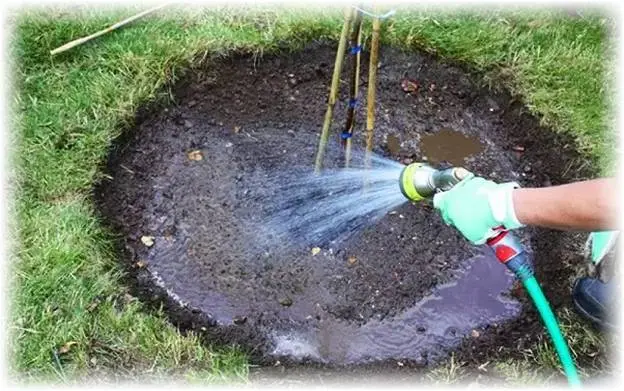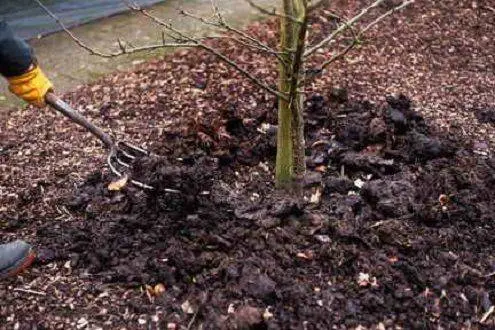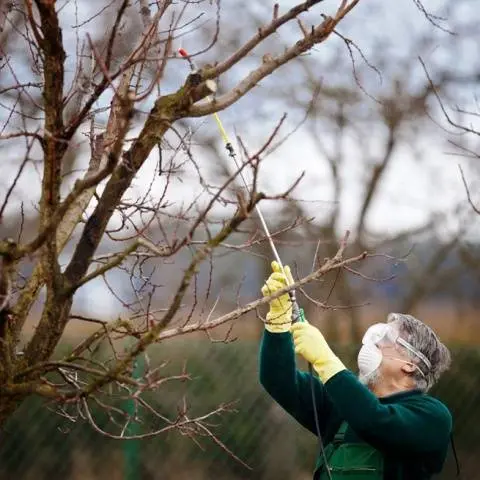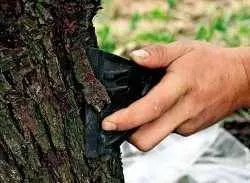Contents
Everyone knows about the benefits of apples, so apple trees are planted in almost every garden. In order for the apple harvest to please, the trees need to provide comfortable living conditions. In summer, a lot depends on the gardener, but in winter everything is different, because we have no control over the weather. In the middle lane, extremely frosty winters are rare. Even with significant freezing, apple orchards have time to recover, but only if zoned apple varieties are planted that are adapted to our harsh climate.

Their winter hardiness exceeds such an old proven apple variety as stable in winter as Antonovka.
But in the vastness of our large country there are regions in which even the most frost-resistant varieties will not be able to winter without special preparation. There are special types of apple trees for them.
Types of Apple Trees for Harsh Climates
- Ranetki – the result of crossing the Siberian berry apple tree and Chinese or European varieties of apple trees. Their fruits are not more than 15 g, as a rule, they are not very high in taste, but they are quite suitable for processing. From the Siberian apple tree, ranetki took simply outstanding winter hardiness. Some varieties can withstand frosts down to -49 degrees without freezing. To further protect these apple trees from frost, they are often grown on a low bush-shaped stem.
- Semi-cultures – also most often grown in the form of a bush, but their fruits are larger, the winter hardiness of these apple trees is somewhat lower than that of the first type;
- Stlantsi. This is not a variety, but an artificially created form of growing apple trees with ordinary winter hardiness, in which trees are forced to grow horizontally using certain methods; varieties of apple-trees capable of forming a slate form independently have been bred.
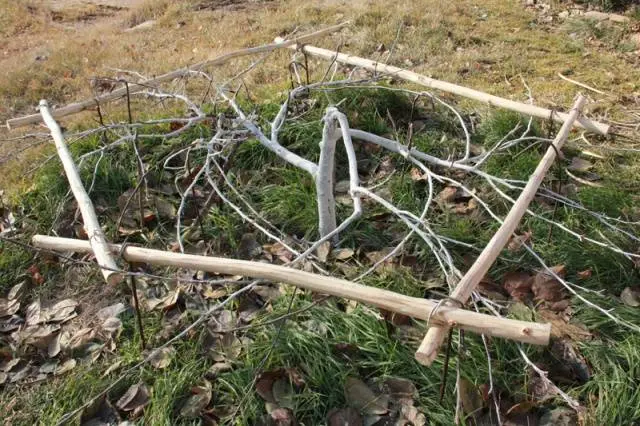
The best varieties of apple trees for a harsh climate
Ranetki
Long
This is a type of apple tree with very elegant ovoid apples of bright red color, sometimes with a yellow barrel. A variety was bred in America, but based on a Siberian wild apple tree. The taste of apples is slightly sour with a hint of wine. Among all ranetki, Long fruits are one of the best in taste. The tree is squat, but with a wide crown, the maximum yield is up to 25 kg.
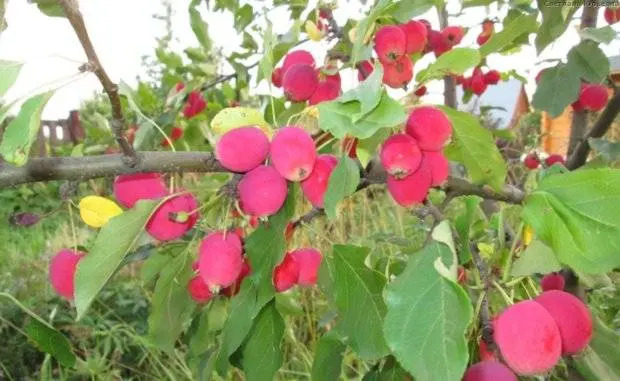
Siberian
The tree is compact, shows high winter hardiness. Apples are quite large for ranetki – up to 18 g, yellow with a red blush, sweet and sour taste. They ripen in August. The main purpose is recycling. Contains a lot of juice.
Semi-cultures
Silver Hoof
Ripens in summer. It has large apples uncharacteristic for semi-cultivators – up to 100g of good taste. Their color is creamy orange, covered with a red blush, the first apples can be obtained as early as the third year. Differs in high winter hardiness.
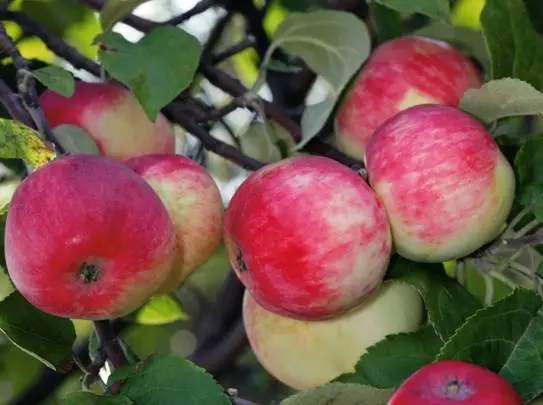
Dachnoe
Another semi-culture with the same large fruits, but the autumn ripening period. The color is pale yellow, sometimes with a slight blush. The tree is resistant to scab.
natural slates
These varieties of apple trees were obtained relatively recently at the South Ural Research Institute thanks to the well-known breeder M.A. Mazunin, who worked together with other employees. The height of the trees on the seed rootstock does not exceed 2,7 m. When using special clonal rootstocks, even less – 2 m. The fruits are large, in some varieties up to 500 g. The yield, despite the compact size of the trees, is high. Ripening times vary. The following varieties of apple trees are most distinguished by their taste: Bratchud, Seyanets Zari, Landed, Kovrovoe, Chudnoe. Frost resistance for all these varieties is at the level of -39-40 degrees. But frost resistance alone is not enough.
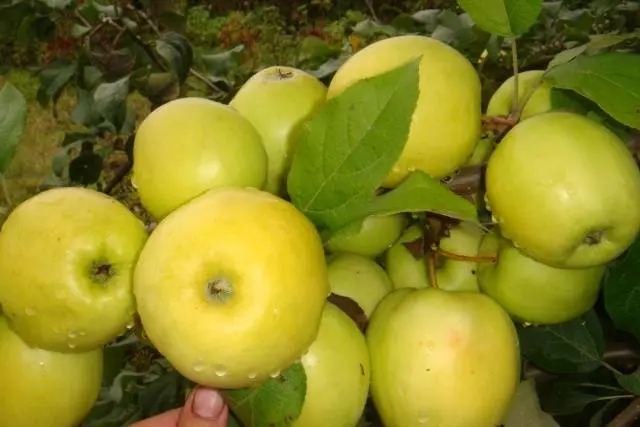
Factors of winter hardiness of apple trees
For apple trees, as for other plants, not only the maximum low temperatures that they can withstand without damage are important. It is necessary to take into account many other factors that make up winter hardiness, that is, the ability to resist all adverse weather events that accompany winter. We are talking about sharp fluctuations in temperature, prolonged thaws, desiccation by winter winds, sunburn.
In order to ensure successful overwintering for apple trees, it is necessary to smooth out the influence of all these factors as much as possible, especially in the harsh Ural climate.
Ural climate
The Ural stretched from north to south for 1800 km.
It is clear that the climate cannot be the same throughout this territory. The polar and subpolar regions are characterized by long frosty winters with a lot of snow and short cool summers. In the Middle Urals, the climate is very different in the western and eastern parts. From the side of the East European Plain, the climate is milder, in winter there is a lot of snow and frost, although they are strong, but still less than from the side of Western Siberia. The climate is continental, with rather hot summers and very cold winters. In the south of the Urals, strong winds dominate in winter and summer, and there is very little snow. However, the minimum winter temperatures in the north and south do not differ much. The temperature minimum at the latitude of Naryan Mar is minus 51 degrees, and in Yekaterinburg – minus 48.
In such harsh conditions, far from all plants manage to survive in winter, this also applies to apple trees. In order not to lose valuable varieties, trees should be properly prepared for winter. How to cover an apple tree for the winter in the Urals?
Preparing apple trees for winter
If all agrotechnical measures during the summer and autumn are carried out correctly, apple trees will be able to fully realize the frost resistance potential given to them by nature, and will be prepared for all adverse winter factors.
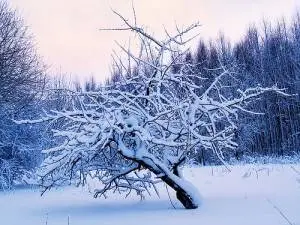
Preparation for winter in the Urals should be carried out in two directions:
- To ensure that the tree ends its growing season by the beginning of the frosty season and goes into a dormant state. All shoots must mature.
- Carry out all possible activities for the preparation, insulation and shelter of apple trees.
Let’s consider each item in more detail.
The continuation of the growing season stimulates:
- pruning in early autumn, which causes new shoots to grow. Pruning can be carried out only when the leaves completely fly around the apple trees, that is, in late autumn.
- abundant watering in late summer also leads to this result. We are not talking about water-charging irrigation, which is necessarily carried out after the end of leaf fall.

- overfeeding with fertilizers, especially nitrogen fertilizers at a time when the growing season is not yet over, stimulates the growth of new young shoots that will not have time to mature.
A variety that has completely completed its growing season is able to withstand frosts down to -25 degrees even in November. How to prepare an apple tree correctly?
Preparation activities
You need to start it before the onset of frost.
- 2 weeks after harvesting the fruits, dig up the trunk circles while applying well-rotted manure or compost and phosphorus and potash fertilizers. Fertilizer rates should be appropriate for the age and size of the tree.

- in early autumn, remove excess water from tree trunks, after leaf fall, carry out water-charging watering at a rate of about 40 buckets per adult tree. For autumn-winter varieties, this operation is carried out during the final formation of fruits. The entire trunk circle should be moistened to a depth of about 1,5 m.
- treat trees with a solution of copper sulfate from pests;

- remove fallen leaves, mummified and fallen fruits;
- clean the trunks of mature trees from dead bark and lichens; cleaning should be carried out in dry weather at an air temperature of about 2 degrees Celsius;

- whiten them after cleaning, and in young trees without it, with lime mortar, which will protect against frost cracks and sunburn. This should be done when it is dry and calm outside. Add a fungicide and insecticide to the solution to protect apple trees from diseases and pests;
- mulch the trunk circles with a layer of mulch of about 40 cm, since the root system of apple trees suffers greatly when the soil freezes;
- so that heavy snowfalls do not break off the branches, they need to be pulled up to the central conductor and tied with twine. True, this can only be done in young trees.
If young apple trees grow in the garden, they must be prepared for the winter especially carefully.
Preparing young seedlings for winter
In addition to all of the above activities, young seedlings must be protected from damage to the bark in winter by rodents and hares. The trunk and the lower part of the skeletal branches are especially affected by them.
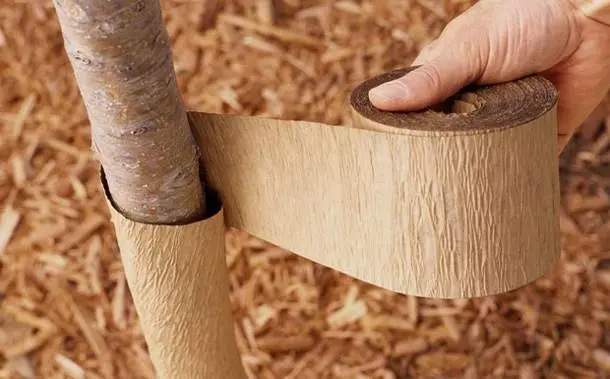
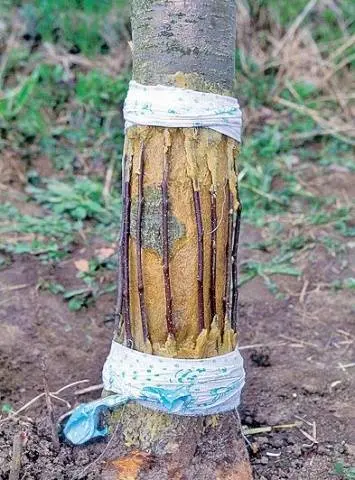
For shelter, you can use spruce branches, dry plant stems, branches of other trees, special plastic nets, fiberglass. They cover the trunk and the lower part of the skeletal branches and tie them well. In winter, snow should be compacted around the root collar so that mice cannot get close to it. With the onset of spring heat, all shelters must be removed.
Winterize your apple trees the right way, and they’ll last through the winter. If conventional varieties of apple trees in your climate cannot survive, plant special varieties and forms adapted to the harsh conditions.










